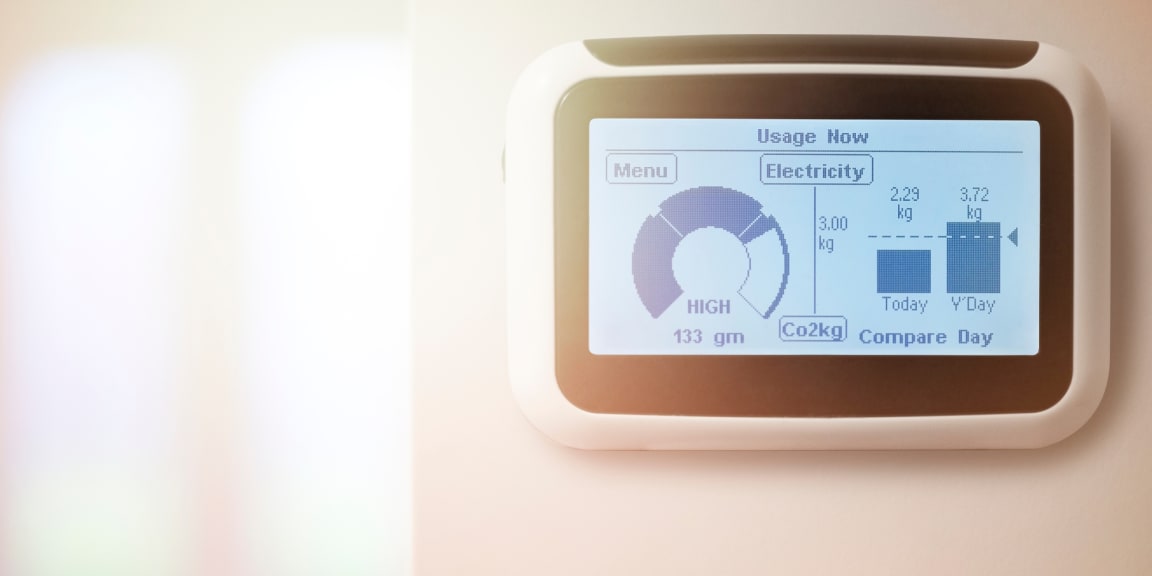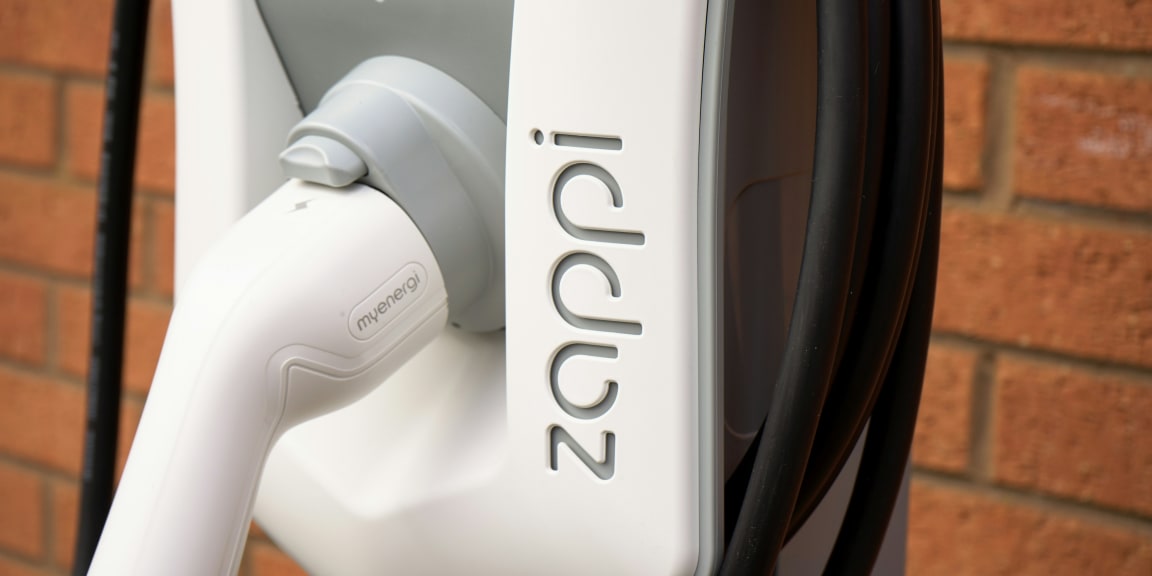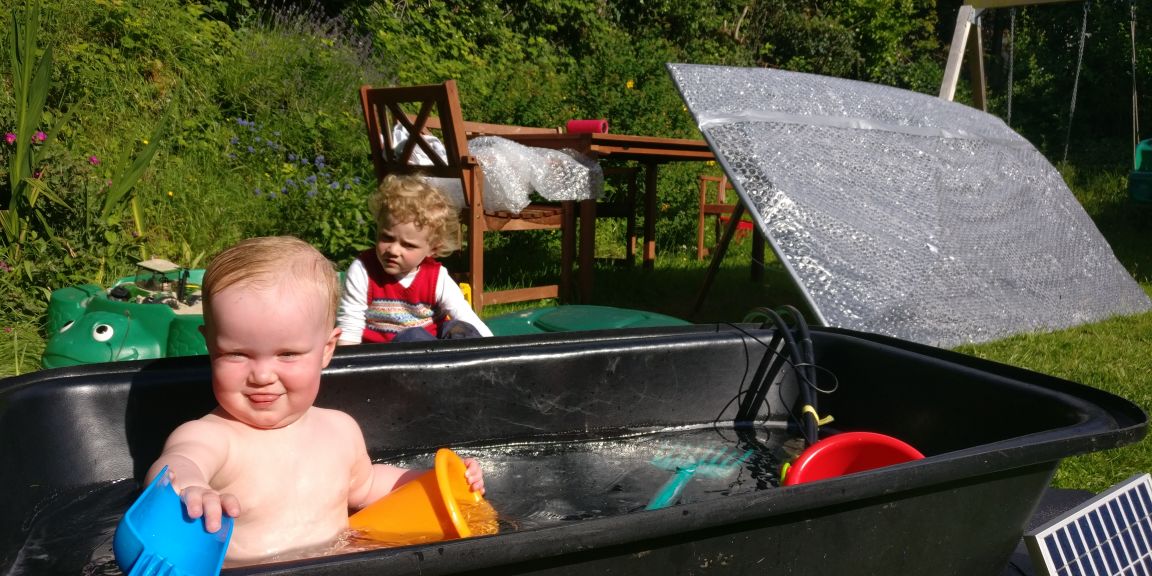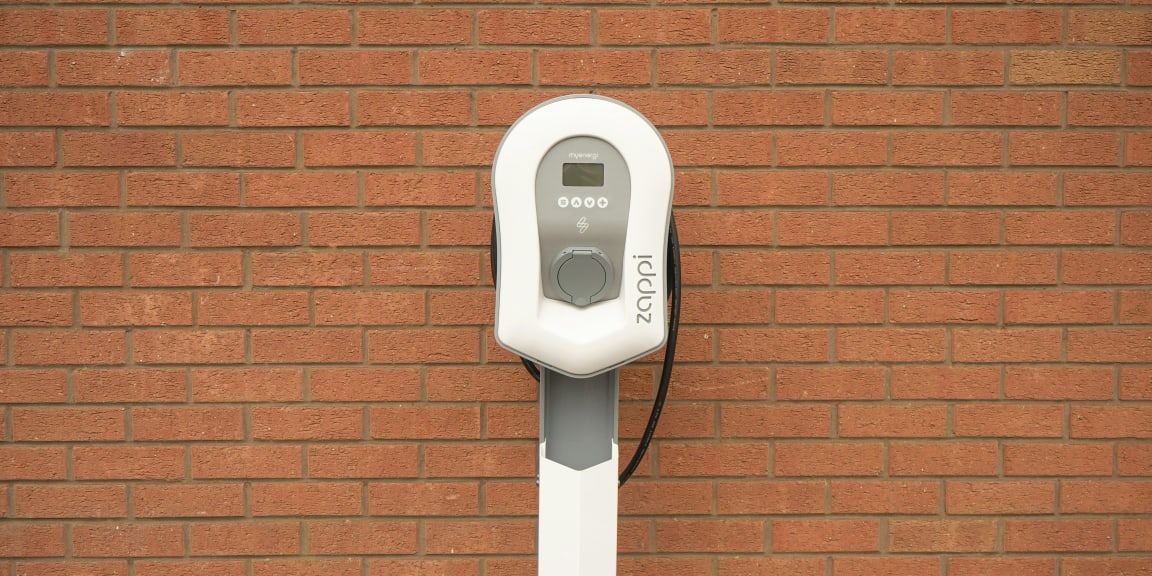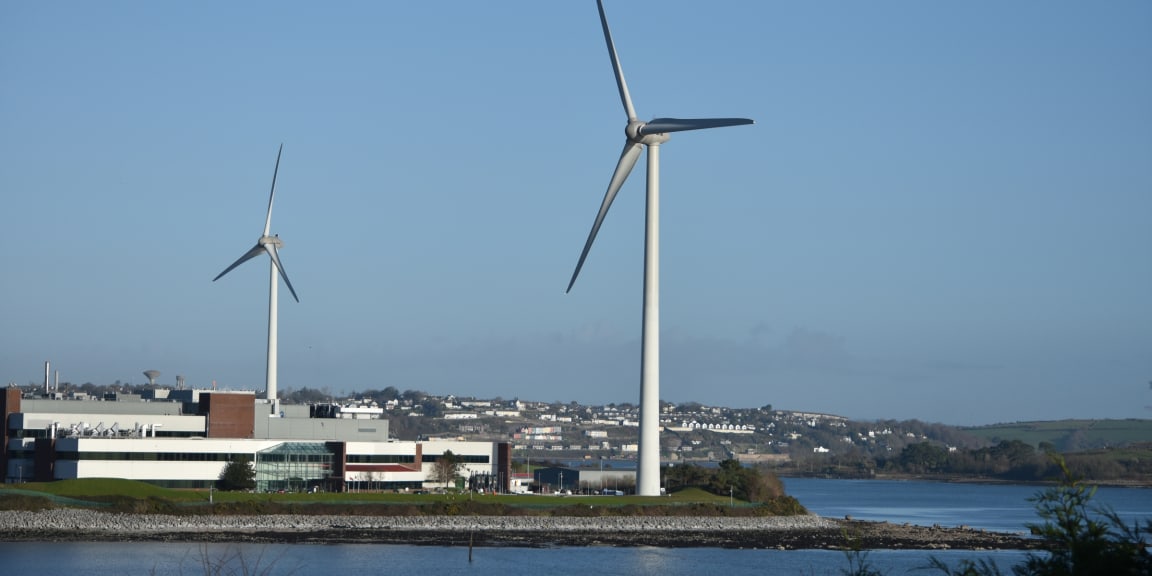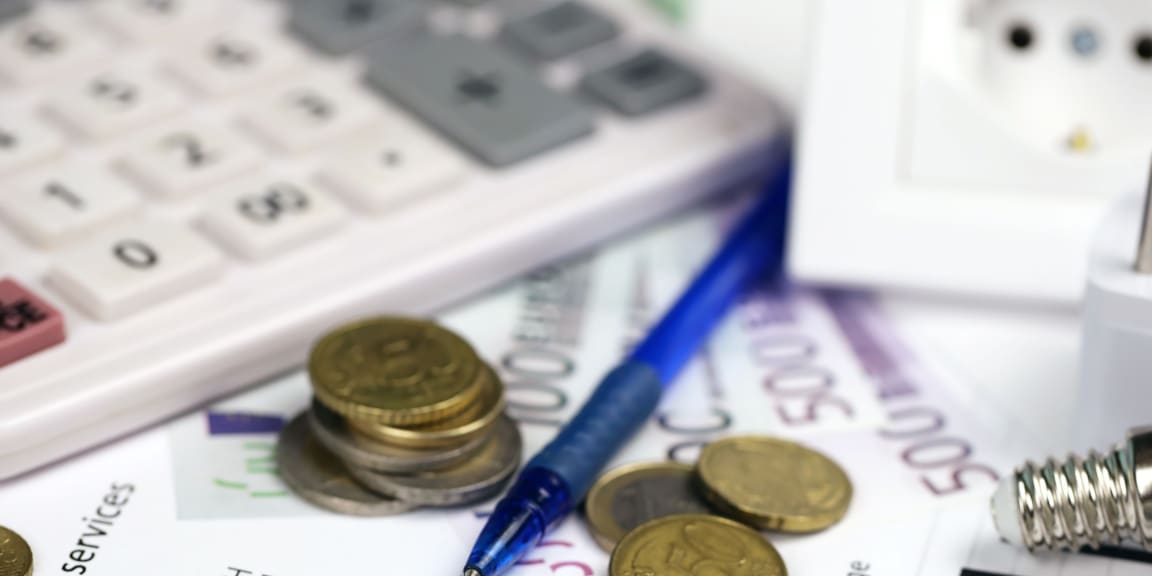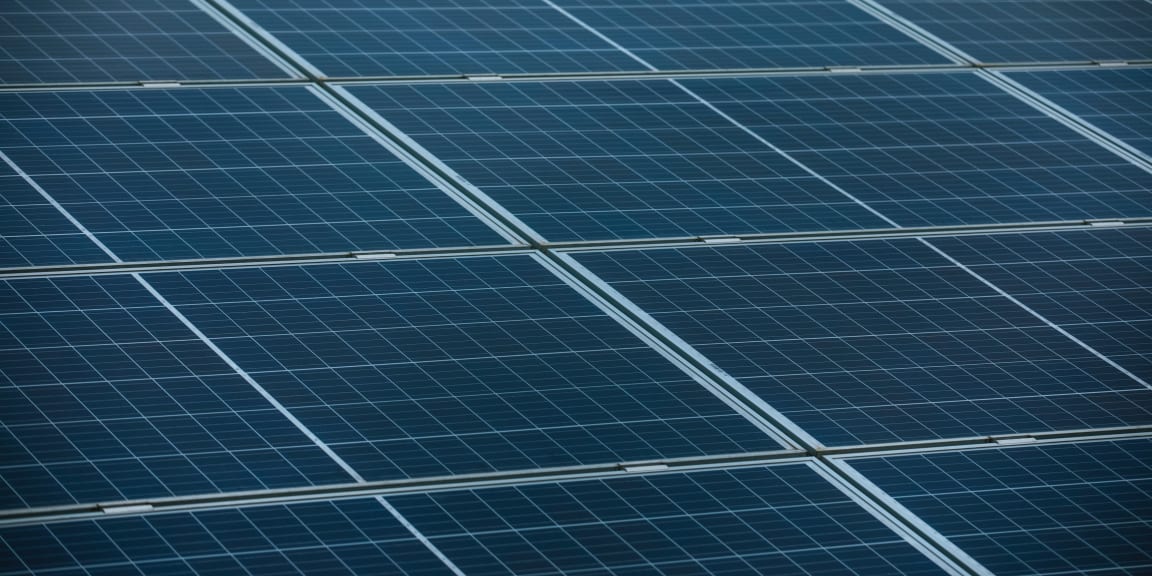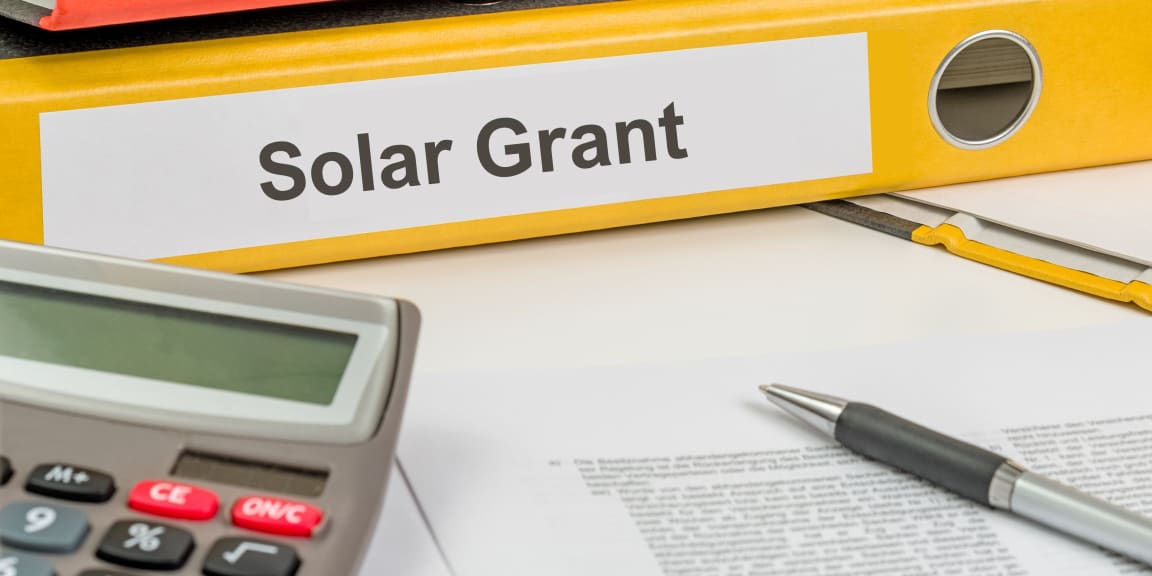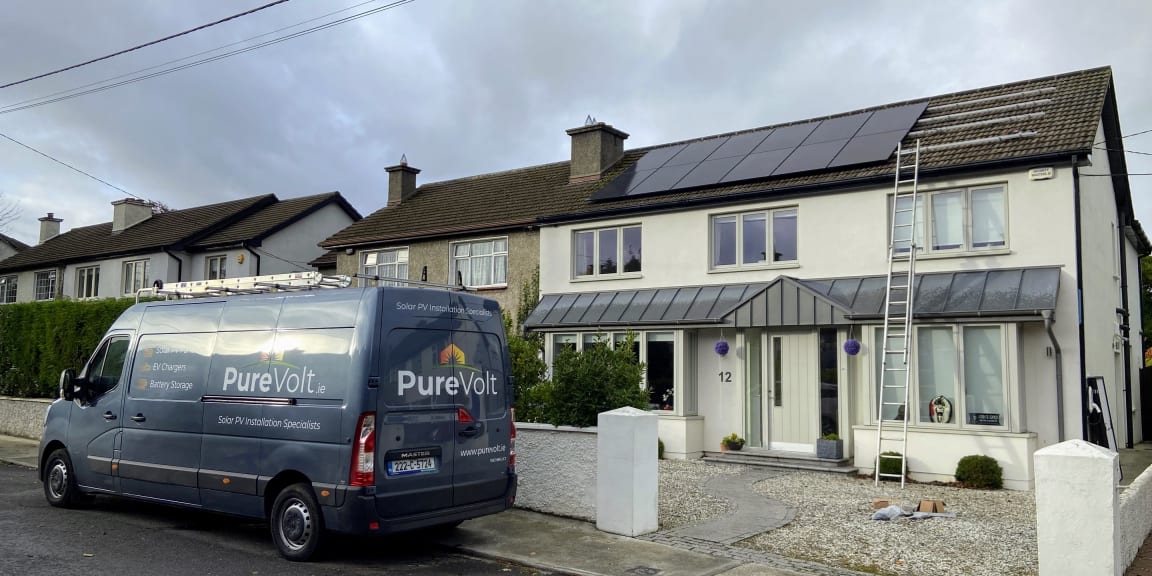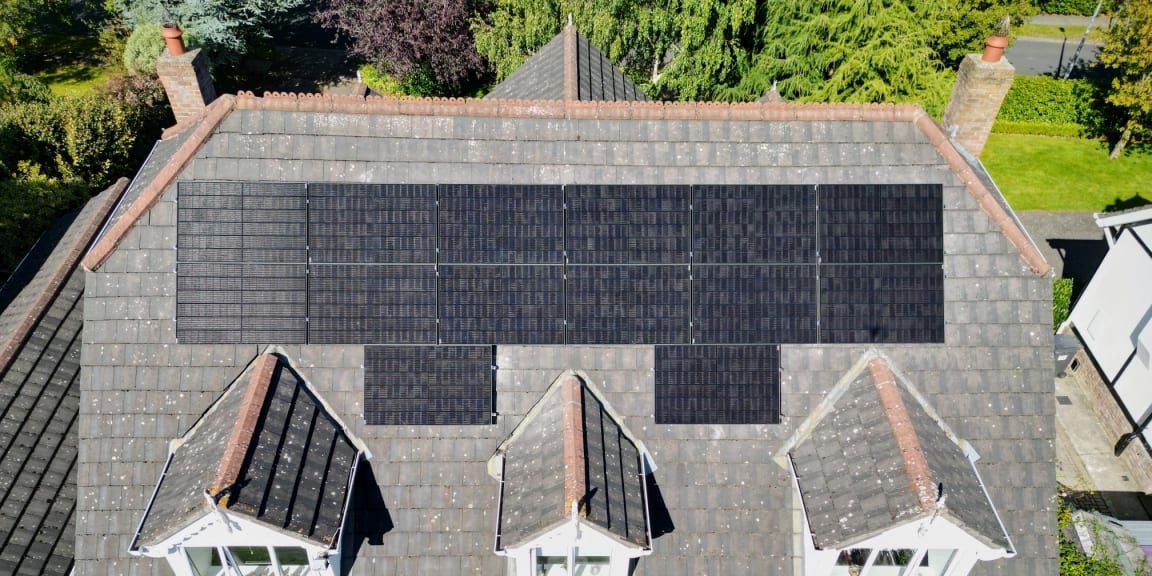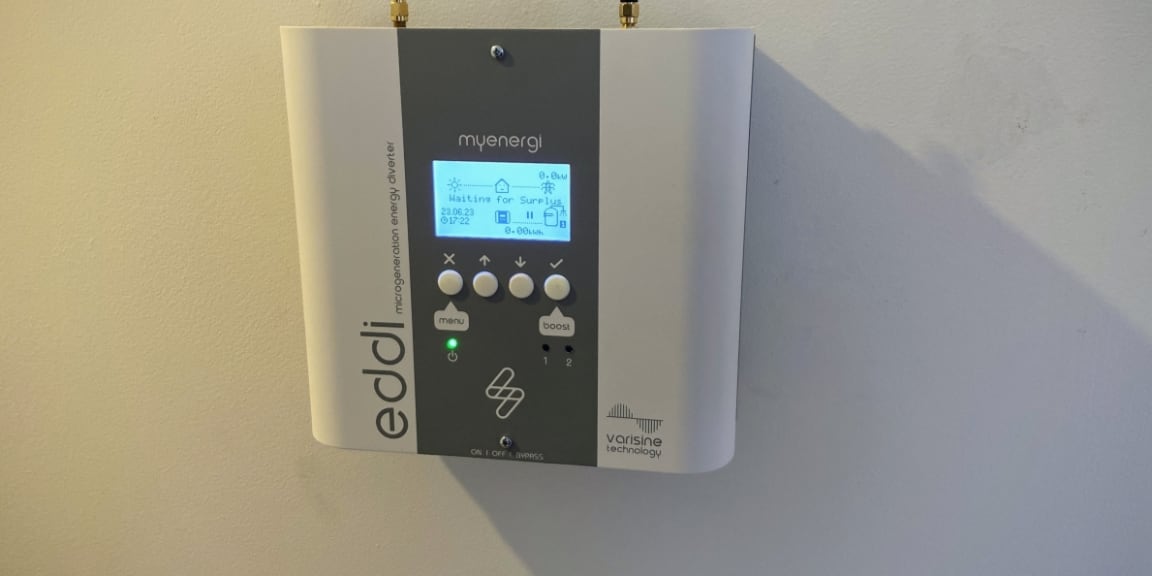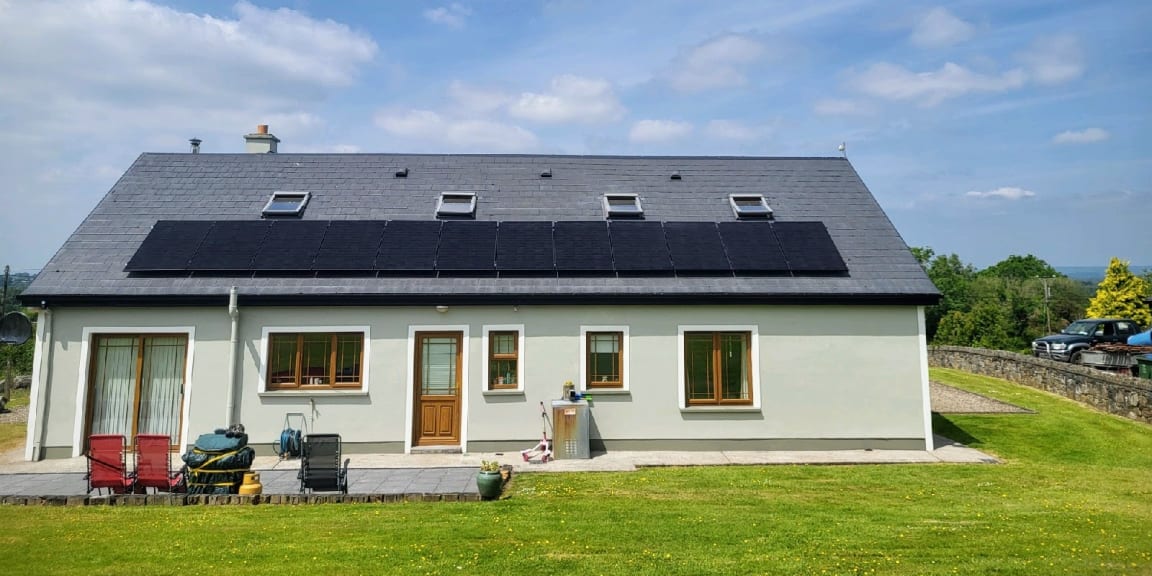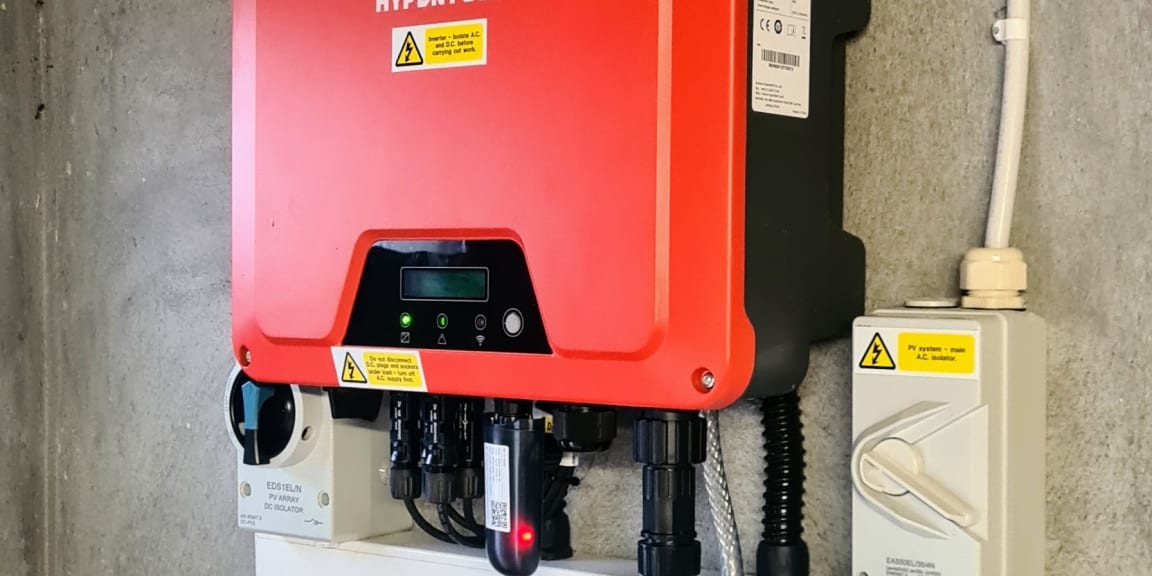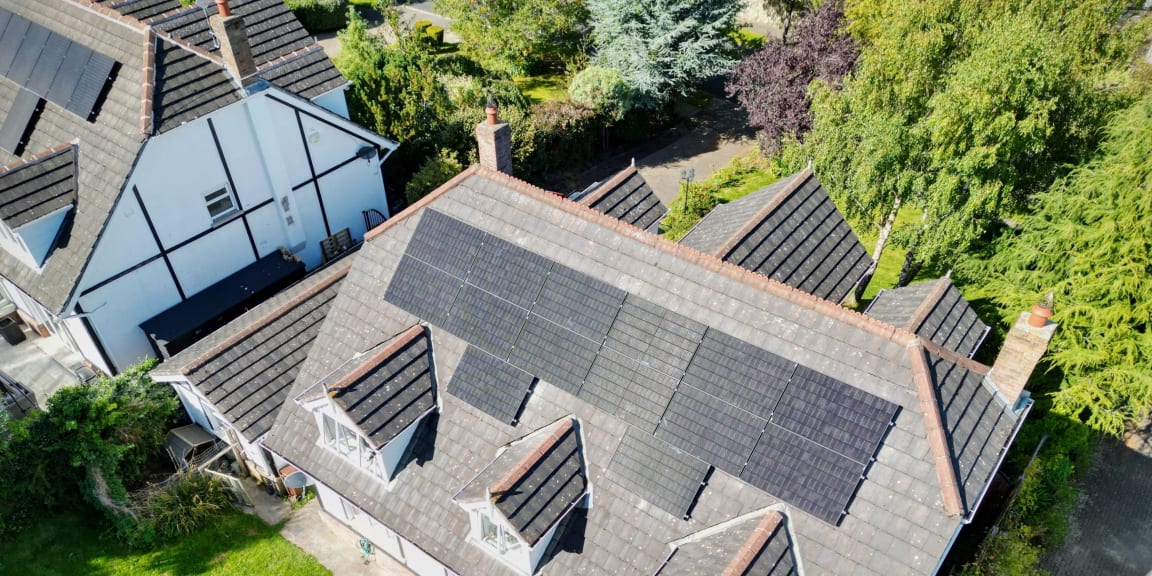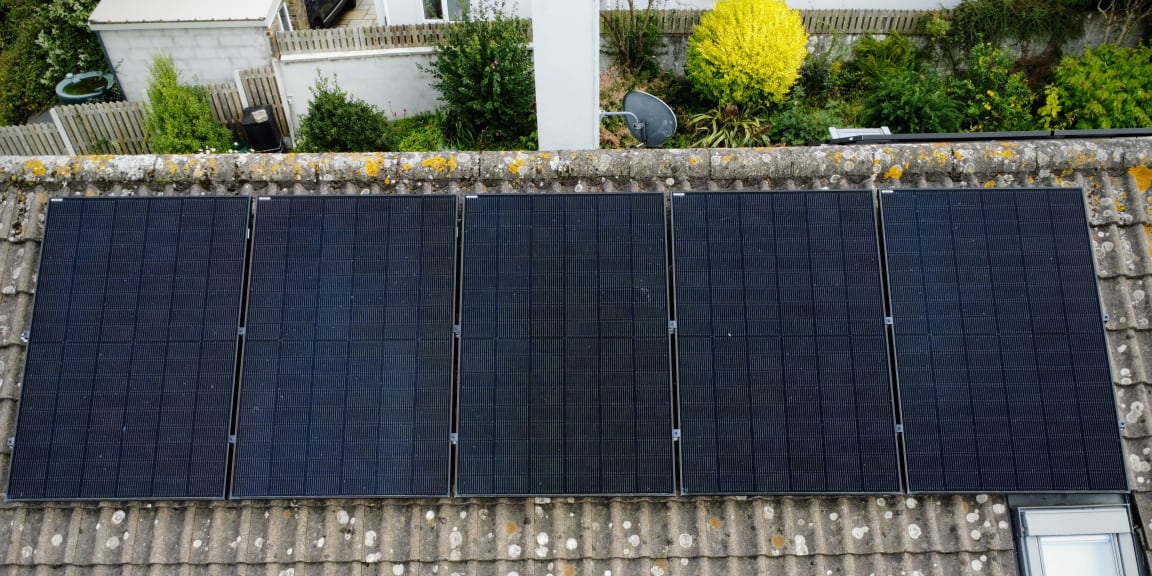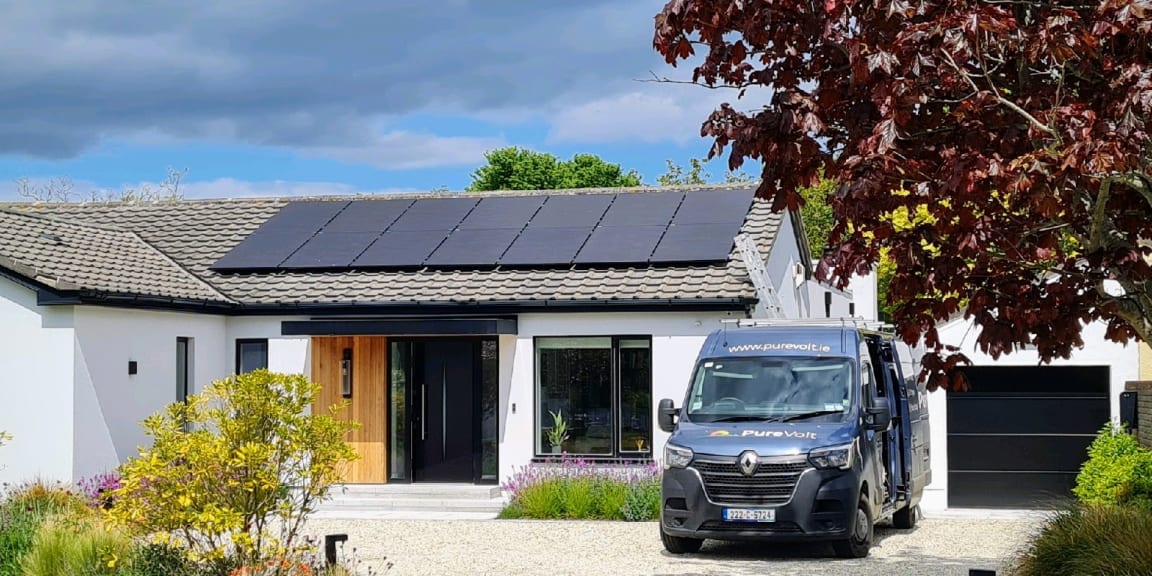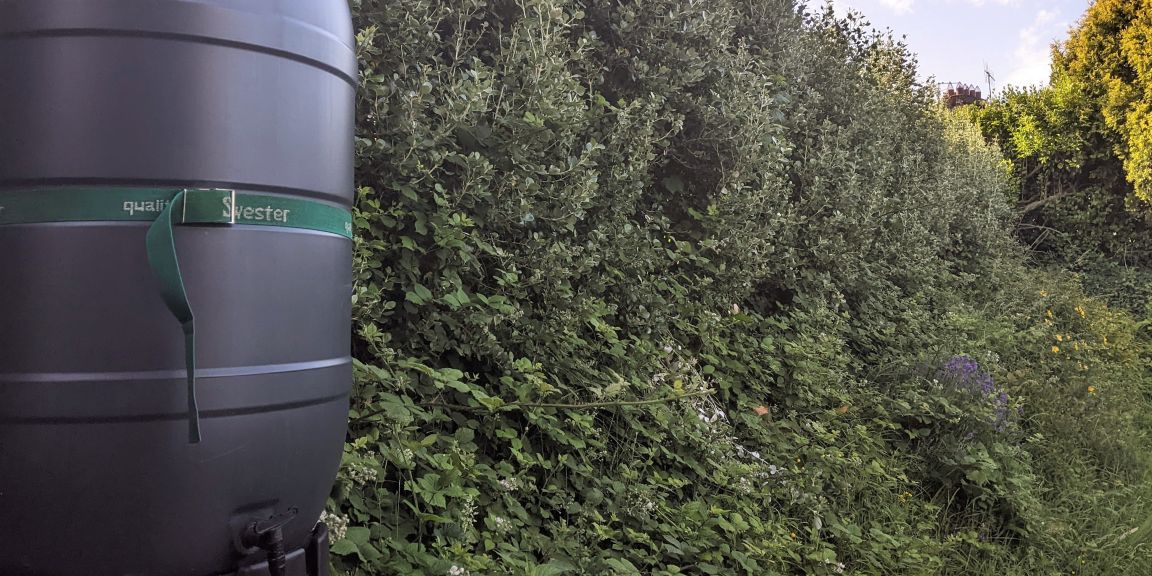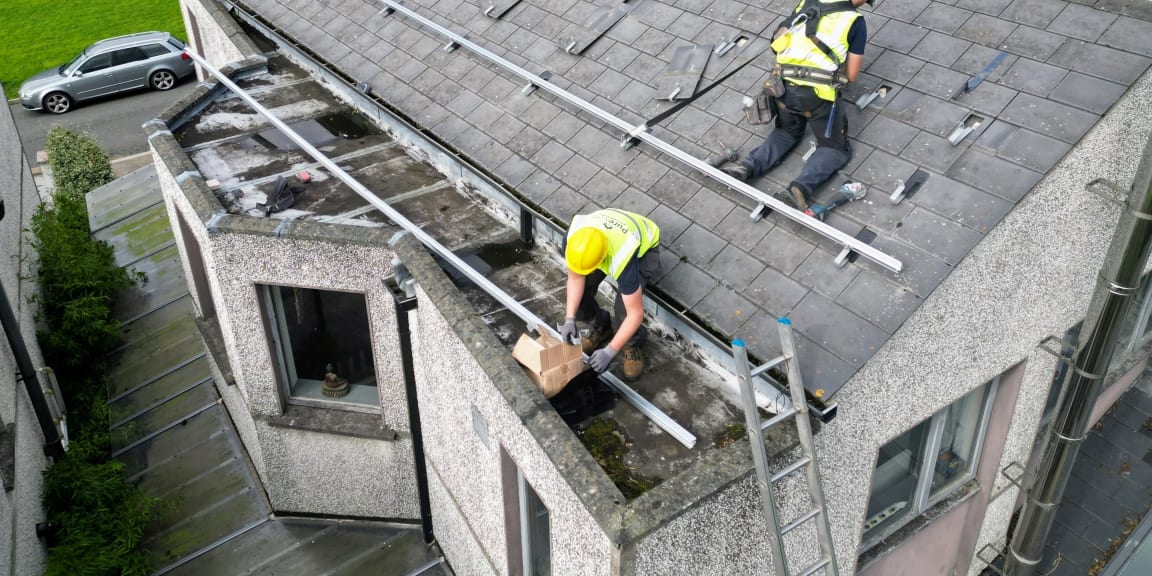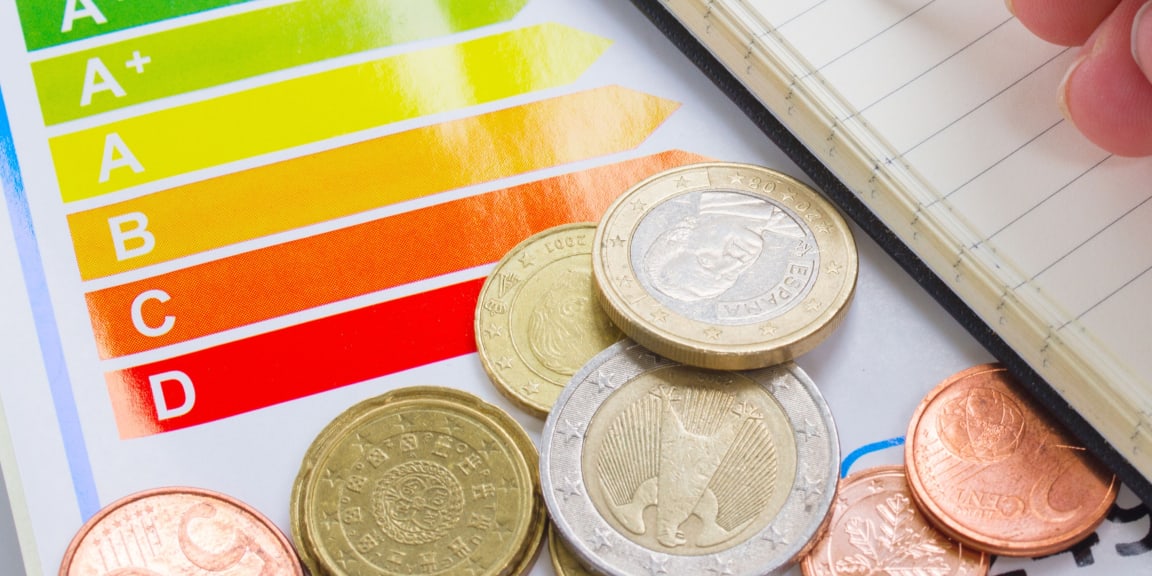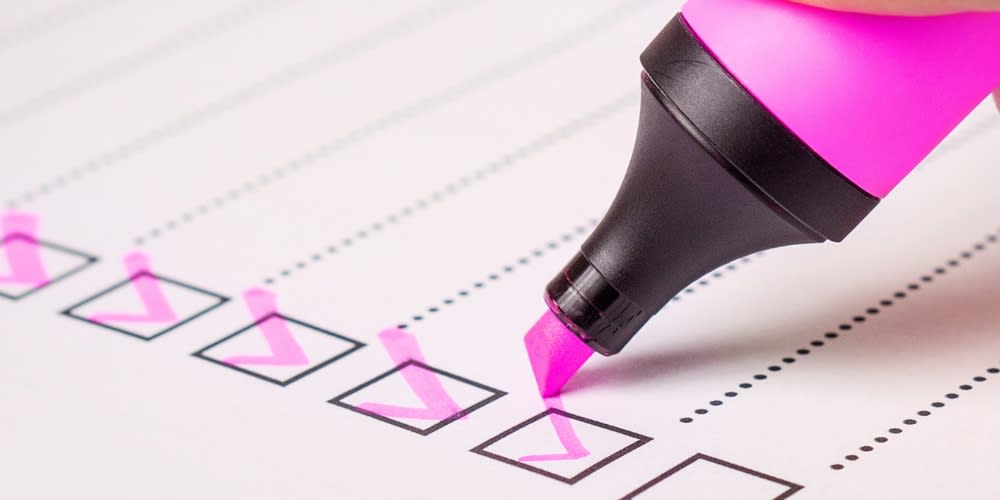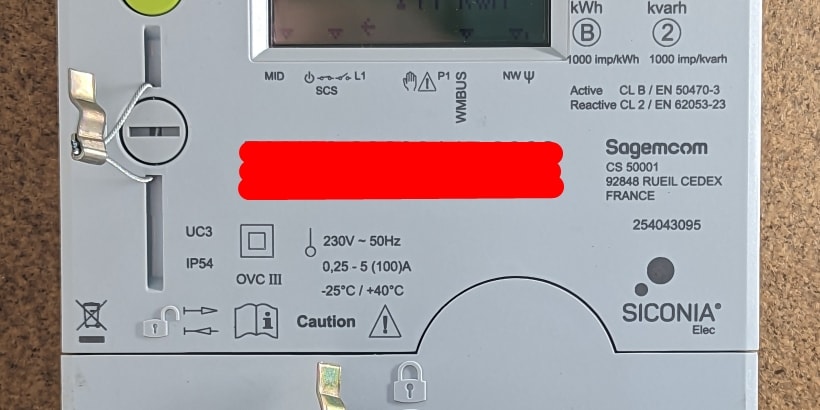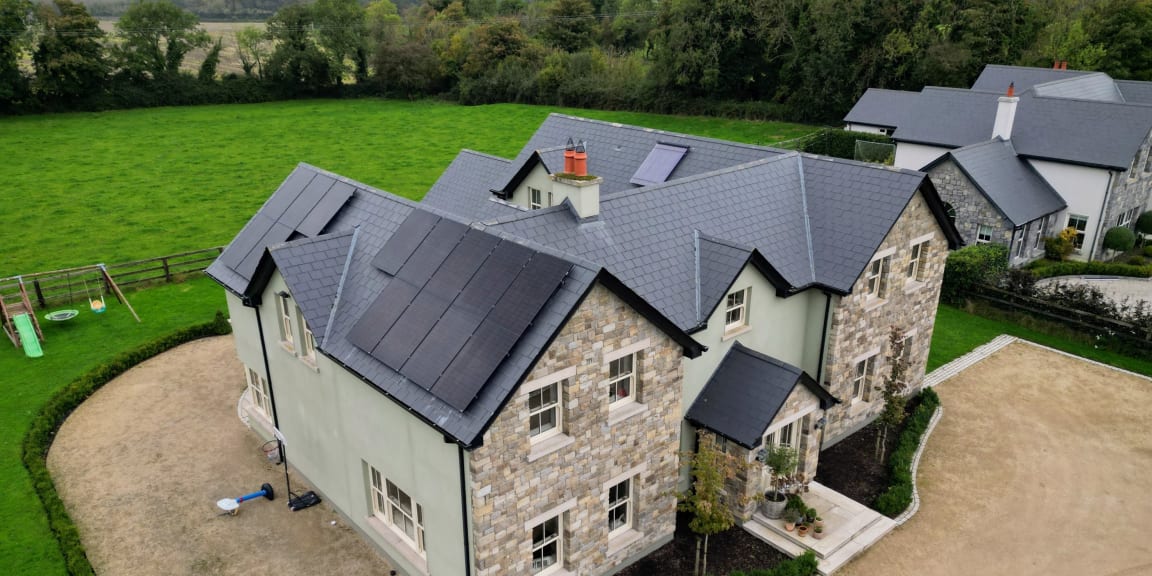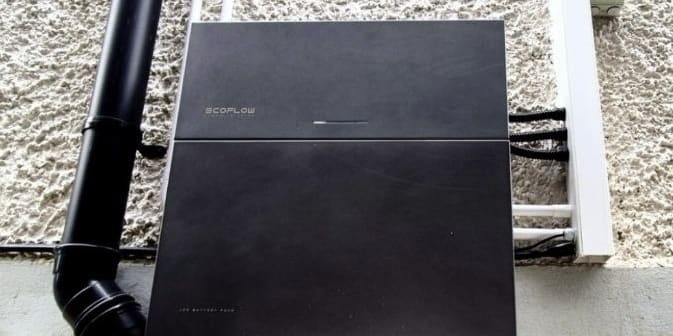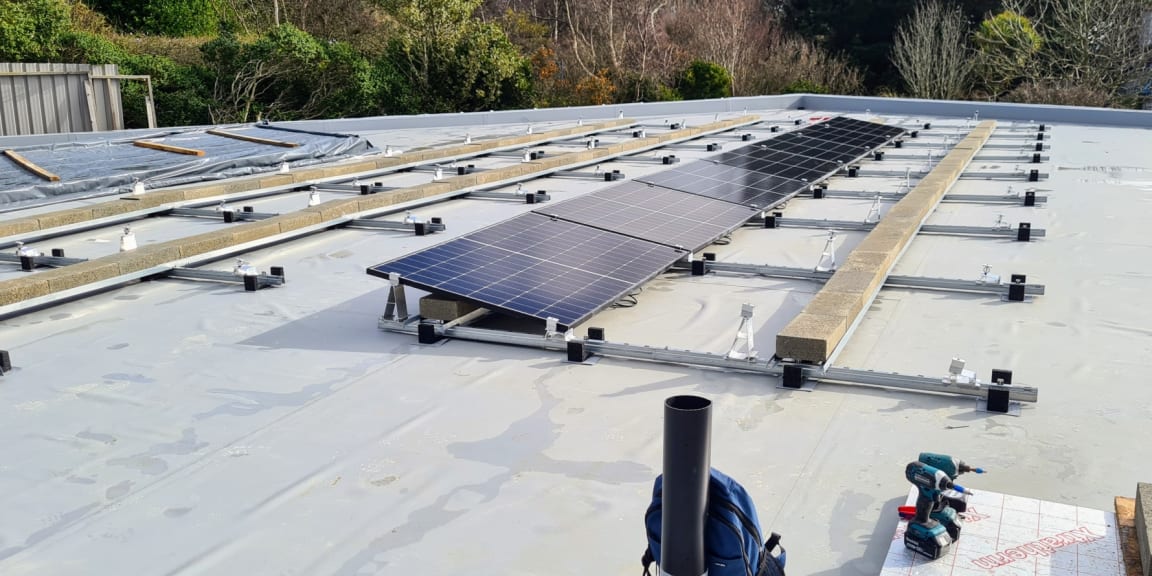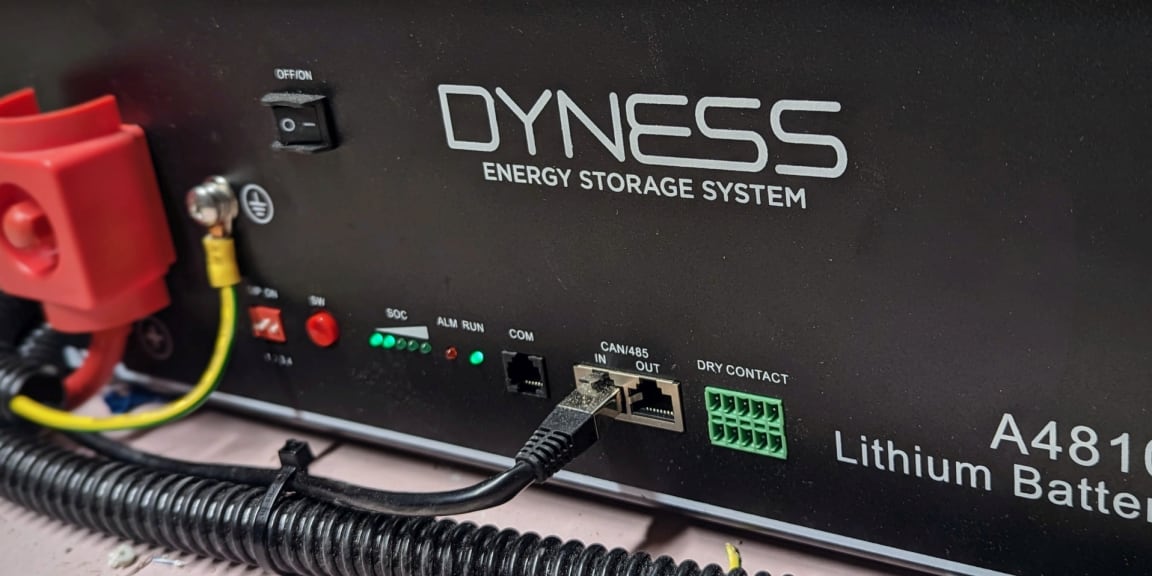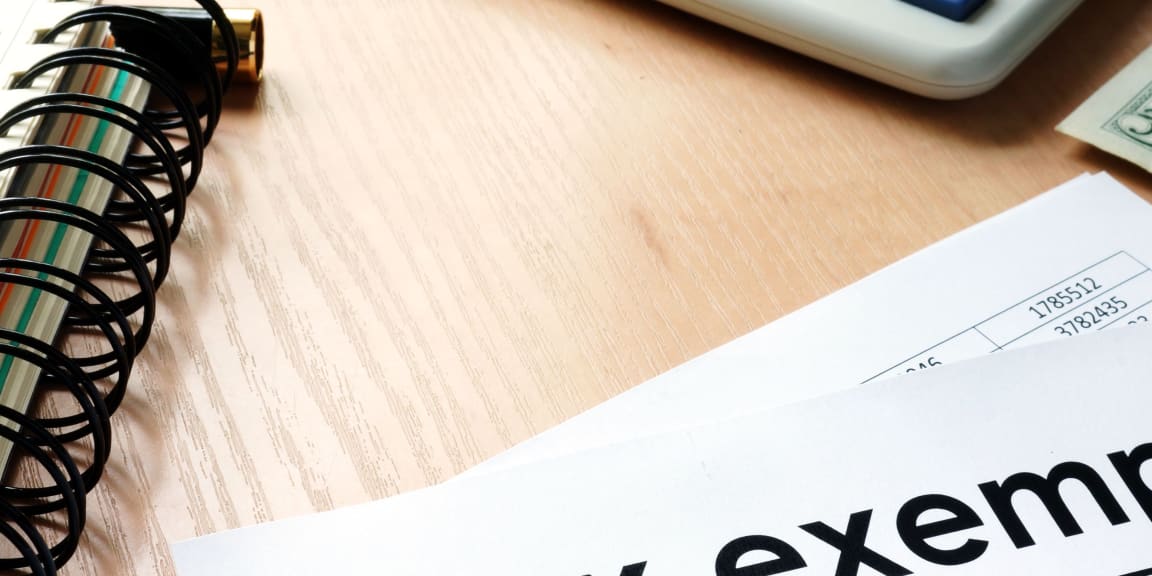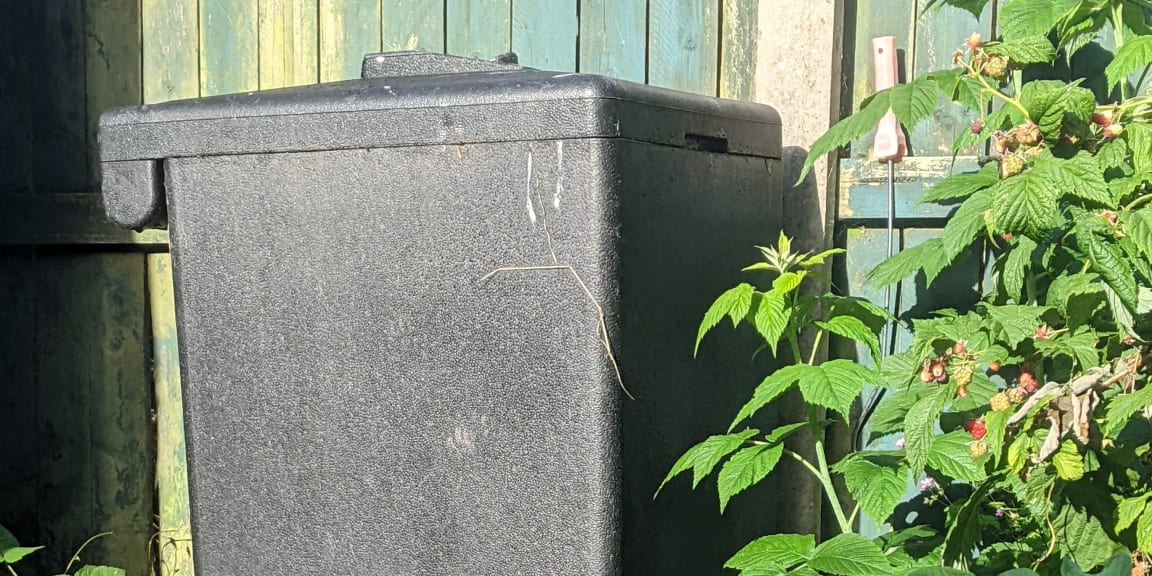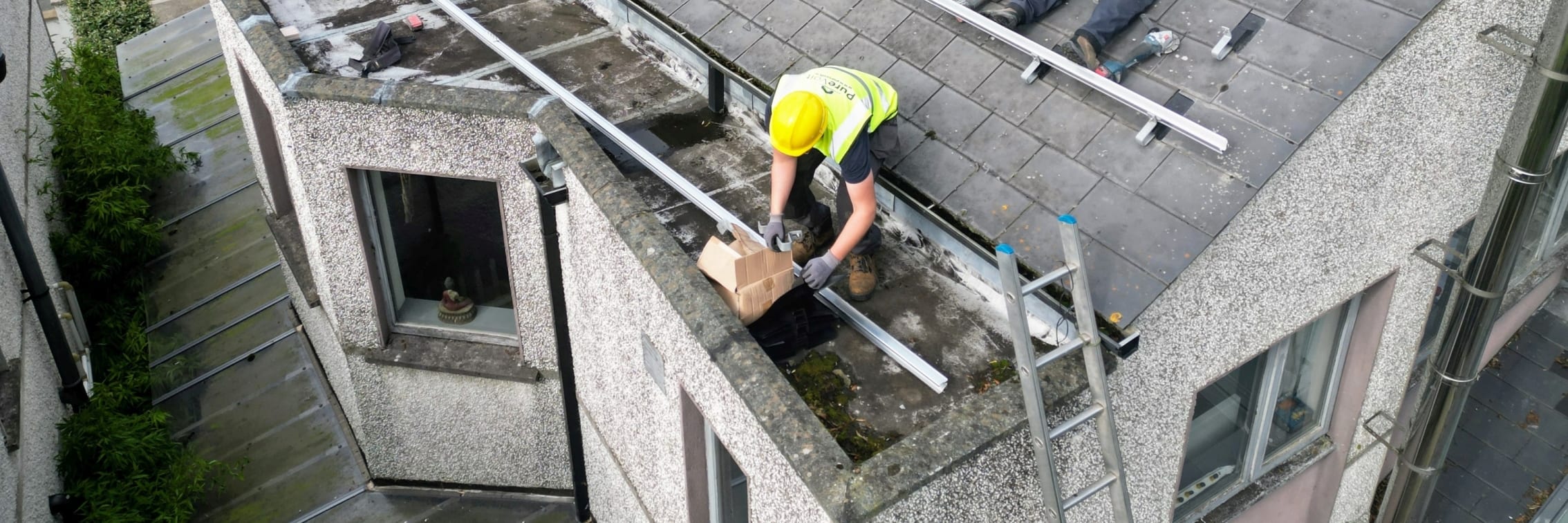
Ireland's solar feed-in tariff
Sell your spare energy back to the grid
Homes with solar panels can sell their surplus energy back to the grid. This page will help you find out everything you need to know about Ireland's Clean Export Guarantee (CEG) Tariff and selling electricity to the grid.
Clean Export Guarantee (CEG) Tariff - Get paid for surplus energy
All utility companies are required to pay homeowners for any surplus energy sent back to the grid from their home solar PV system.
This one change alone can make a homeowner with solar 14.8% better off due to the feed-in tariffs you get paid.
A lot of names...
This is officially called the Clean Export Guarantee (CEG) Tariff, though most people call it the feed-in tariff. Sometimes you'll hear it called the Clean Export Tariff and Micro-generation Support Scheme too. These all mean the same thing.
Who pays the highest feed-in tariff rates in Ireland?
The current winner (as of January 2025) is Pinergy at 25 cents / kWh, with Energia (20 cents / kWh), and Flogas (20 cents / kWh) coming joint second.
Each energy supplier sets their own feed-in tariff rates, and we have seen the title of "Best Rates for Feed-in Tariff" change hands many times over the years.
The below rates include VAT, and are correct at the time of writing (January 2025):
| Pinergy | 25 cents / kWh |
| Energia | 20 cents / kWh |
| Flogas | 20 cents / kWh |
| Electric Ireland | 19.5 cents / kWh |
| SSE Airtricity | 19.5 cents / kWh |
| Bord Gais | 18.5 cents / kWh |
Click here for non-domestic feed-in tariff rates
Can I sell my electricity to the highest-paying company?
Yes, but you must also purchase electricity from the same company. You can only have one electricity supplier for both buying and selling energy. If you want to take advantage of a different supplier's better feed-in tariffs, you will need to switch to them as your electricity provider.
Will I use all the electricity I generate?
No, is the short answer. Most solar installations export between 10% and 40% of the power they generate back to the grid, depending on your PV system design and usage.
If you have a battery installed, the surplus energy charges your battery first. But even with a battery, on a sunny summer's day, chances are you'll have that full, and the surplus energy you generate gets diverted back to the grid.
Even if you use and generate 20 units of electricity in a single day, it's unlikely that your production and consumption will match exactly. Solar panels typically generate a steady flow of electricity, while most homeowners use electricity in peaks and troughs. During your troughs, you will likely be exporting your generation to the grid, and getting paid for it.
How is my exported electricity measured?
Smart Meters: measure in both directions
New smart meters are rolling out across the country. These can measure electricity flow in both directions, so they track the electricity you export to the grid and automatically send that information to your utility company.
Standard (pre-smart) meter: Estimated values
The meters before smart meters only measure electricity one way: inbound.
If you are still on one of these because you are not yet eligible for a smart meter (or are still on the installation list) then ESB Networks will estimate how much you export, and you'll get paid based on that.
If you are eligible for a smart meter, but refuse one, you do not get paid anything for electricity you export.
Old wheel meters: run backwards
If you have one of those old meters with a spinning wheel, then yes, it does run backward when you're exporting electricity! They measure your net usage. ESB Networks and utility companies are eager to replace the remaining old meters, but as of now, some are still in use across the country, including in homes with solar installations.
How does this affect the payback from solar?
It has a huge effect. The financial benefits of adding solar panels to your home were always good, but this has moved them up another level.
Typical 3-bed home: 14.8% extra returns
Here are the numbers for a typical 3-bedroom house here in Ireland. We've calculated the figures both before and after the feed-in tariffs to demonstrate the improvement they have made.
| Old Figures (before feed-in tariffs were introduced) | Current Figures (including feed-in tariffs) | |
|---|---|---|
| Cost to Homeowner | €5,880 | €5,880 |
| Payback period | 5 years 1 month | 4 years 4 months Nine months faster to payback |
| Net Lifetime Savings | €43,804 | €50,290 That's an extra €6,486, which is a 14.8% improvement |
Want to see the full details of before and after?
No problem. Firstly, here are the before and after financials:
Before feed-in tariffs - payback in 5 years 1 month:
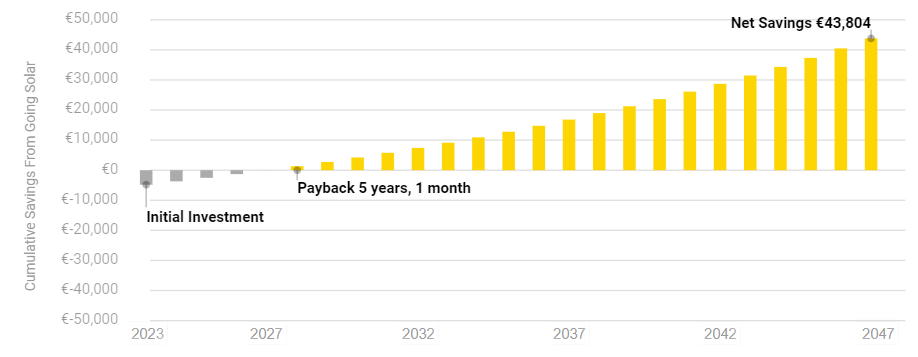
Now we have feed-in tariffs - payback in 4 years 4 months:
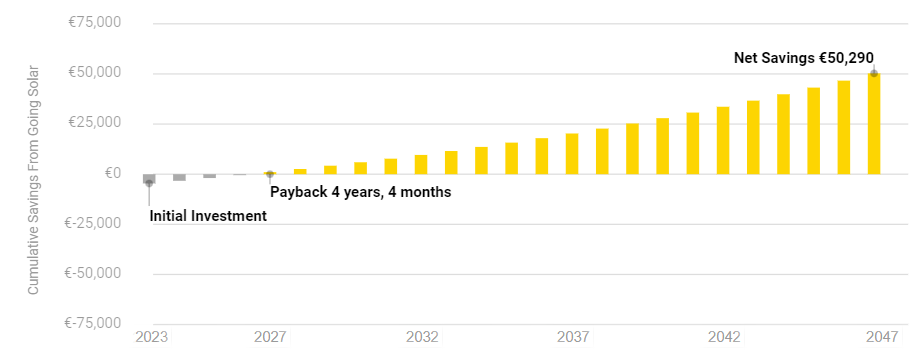
Advanced and other questions about solar feed-in tariffs
This section is for those with more advanced questions about solar feed-in tariffs. If you have any other questions about solar feed-in tariffs, please don't hesitate to get in touch.
Do I have to pay tax on feed-in tariff / CEG earnings?
Those who qualify for the CEG payment also enjoy a tax exemption on the first €200 they sell to their supplier. For the vast majority of people with solar panel installations under 6 kW (which is typically the largest size installed on residential properties), there is no need to declare income from the CEG.
Added benefit of feed-in tariffs
Yes, there's the obvious benefit of getting money from your utility company, and that means your solar panels pay for themselves in an even shorter time.
Also though it can reduce the upfront investment needed, as for some people this has meant a battery is no longer required.
Before the Clean Export Guarantee was introduced in 2022, people with solar panels on their homes just gave away any surplus electricity for free to the grid. That was understandably a bit heartbreaking, and so many felt the need to invest in storage batteries to save the spare power generated for later.
Solar storage batteries can be costly, adding €1,700 - €2,200 to the total installation price. However, since you can now be paid for excess energy, some people choose to forgo investing in a storage battery, significantly reducing the upfront investment needed.
For some, a battery remains a worthwhile investment. For more information, please visit our solar batteries page and use our separate battery savings calculator.
Feed-in tariff for non-domestic solar installations
Smaller business and commercial solar installations of 6 kWp (approximately 14 panels) or less are eligible for the Clean Export Guarantee (CEG) scheme, just like residential installations.
Clean Export Premium (CEP) scheme - discontinued
Initially, there was a commercial scheme called the Clean Export Premium (CEP) designed for businesses with solar panel arrays ranging from 6 kWp to 50 kWp.
As we understand, this rollout has been stopped. Instead, installation grants such as the NDMG Grant for business solar have been developed and rolled out. And, as far as we know, there's no official scheme for a feed-in tariff for commercial solar above 6kWp.
Where can I find out more?


